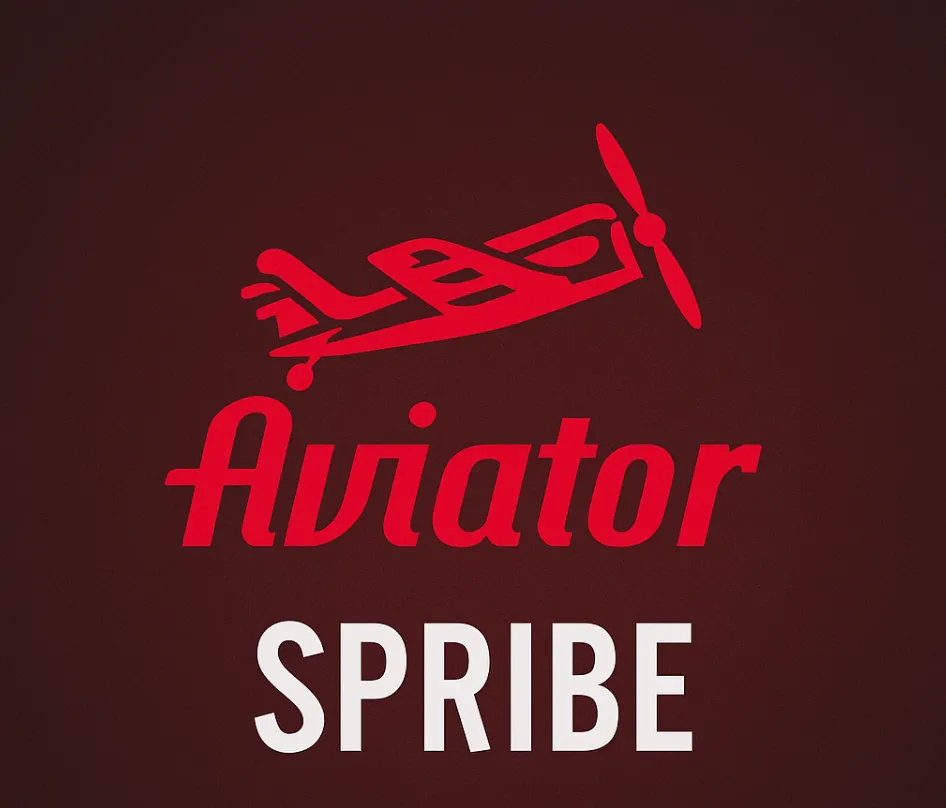Aviator, developed by Spribe, is a standout example of how minimalist game mechanics combined with real-time multiplayer interaction can redefine engagement in online gambling—and serve as a blueprint for future social casino game design.

Originally inspired by mechanics found in the video game and crypto-gaming worlds, Aviator adopts a deceptively simple format: a constantly rising multiplier that can crash at any time. Players must decide when to cash out before a virtual plane disappears. It’s a single decision loop that’s instantly understandable yet rich in risk-versus-reward tension. This is the crash game genre distilled to its core.
A Case Study in Core Loop Design

The success of Aviator—now active on over 4,500 online casino platforms and attracting more than 12 million monthly players—lies in its tight core gameplay loop. The exponential multiplier curve forces fast decisions and triggers emotional highs and lows within seconds. The mechanic is built to be watchable, repeatable, and addictive without relying on traditional slot game elements like reels or symbols.
For game designers, Aviator is a reminder that less can be more—particularly when backed by meaningful player agency.
Lightweight, Mobile-First Development
From a development standpoint, Aviator is designed to perform across all platforms—desktop, tablet, and especially budget mobile devices in low-bandwidth environments. The game’s footprint is intentionally light, allowing it to load quickly and run smoothly even on older hardware.
Spribe’s mobile-first approach is essential in markets with high smartphone usage, especially across Asia, where the majority of online gambling takes place on mobile.
Social Layer Integration

What truly separates Aviator from other mini-games is its built-in social infrastructure. Players can chat during gameplay, see real-time betting activity from others, and track performance on dynamic leaderboards. This turns a solitary gambling activity into a shared experience.
The in-game chat functions as both a community hub and an embedded marketing channel. Features like Rain Promo—which randomly drops free bets into the chat—serve a dual purpose: increasing session duration and incentivizing interaction. Players can even “make it rain” themselves, contributing free bets to the community and reinforcing the game’s social loop.
These mechanics mirror common elements in live service and free-to-play games, where community-driven retention is just as important as individual gameplay.
Designing for Gen Z and Millennial Playstyles
Aviator’s rise also coincides with a shift in player demographics. The game is especially popular with Millennials and Gen Z, audiences familiar with quick-twitch decisions, leaderboard dynamics, and real-time interaction. Traditional slots feel static to these users, whereas Aviator’s live elements and escalating tension tap into familiar territory—closer to Twitch culture than old-school one-armed bandits.
For developers building in the gambling or social casino space, Aviator offers a practical model of how to engage younger audiences without relying on complex gameplay or heavy graphics. Instead, it leans on UX clarity, instant feedback, and player-driven pacing.
Expanding the Crash Genre

Spribe didn’t just launch a game—they effectively standardized the crash genre for mainstream adoption. While other studios have since released similar experiences, Aviator remains the genre’s benchmark due to its robust backend, social extensibility, and adaptability to any device or region.
From a game development perspective, it serves as a lesson in how to:
- Abstract core tension into simple mechanics
- Integrate social systems into the game loop
- Design for cross-device compatibility without compromising UX
- Use promotional mechanics (like free bets) to build viral loops
